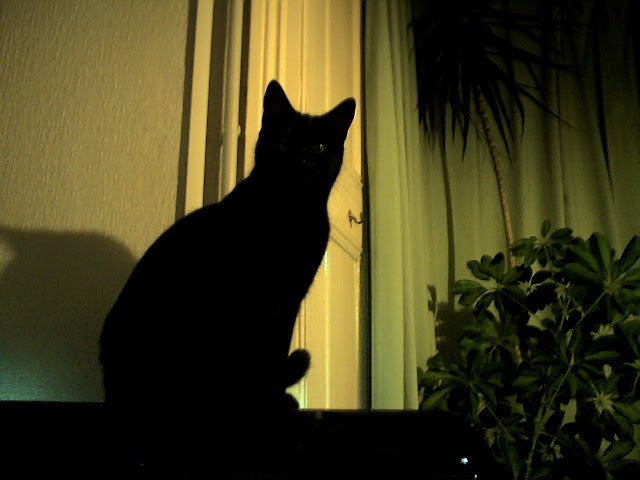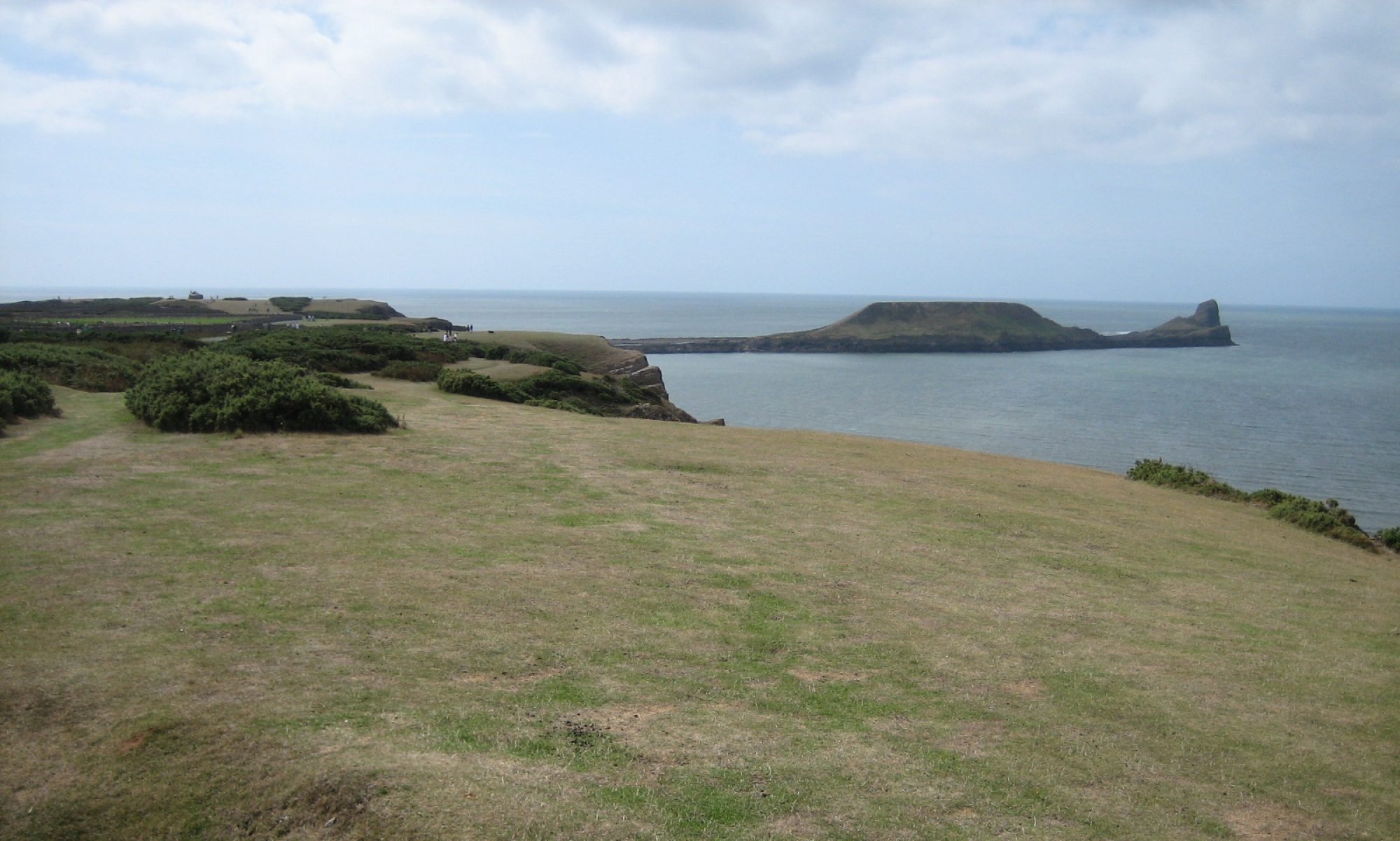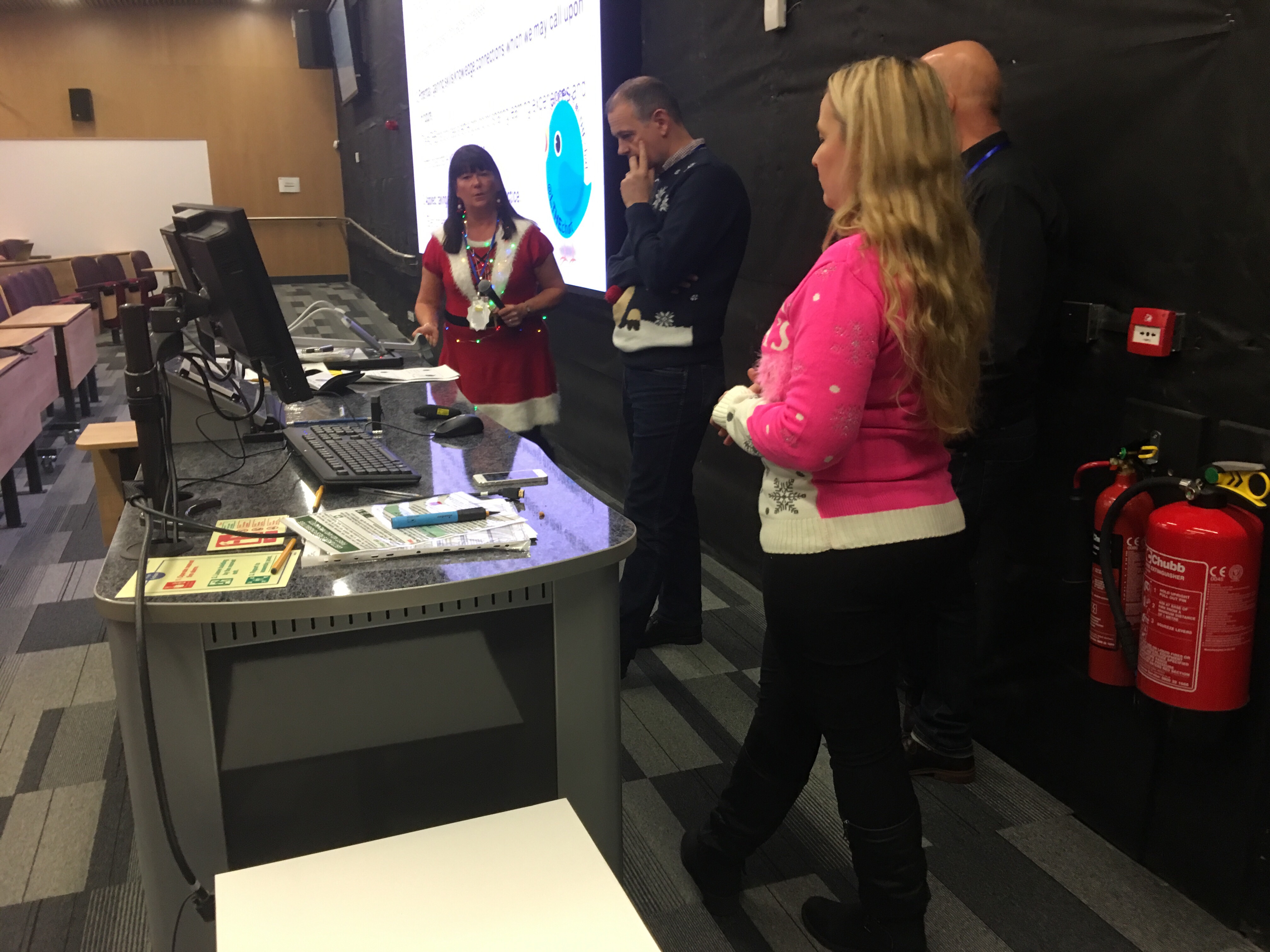If you take a TAGS file (I used this one: BYOD4L 2016-2017 (@cpjobling)) and sort it in time order, you can then copy column Q (status_url) and paste the data into the HTML view of a WordPress page or Post to get a similar archive to that which @Storify produces.
Unfortunately, there seems to be a limit (on hosted WordPress at least) and only the first N tweets are shown (where N is to be determined). If there are more than N, only the links are shown. Also, retweets will need to be romoved from the data because they are not shown correctly.
(There is a bug in TAGS, the HTTPS protocol has to be used for WordPress to embed a tweet, but Martin records HTTP in the status URLs … A simple fix.)
status_url
https://twitter.com/cpjobling/statuses/819288790074327042
https://twitter.com/cpjobling/statuses/819294022271467520
https://twitter.com/cpjobling/statuses/819816739978485760
https://twitter.com/cpjobling/statuses/820717926592483328
https://twitter.com/sultec4/statuses/820717971056238593
https://twitter.com/hopkinsdavid/statuses/820724476665090049
https://twitter.com/Oelmann_Richard/statuses/820724880865902594
https://twitter.com/cpjobling/statuses/821078123903143936
https://twitter.com/cpjobling/statuses/821078432322846721
https://twitter.com/sheilmcn/statuses/821079196806086659
https://twitter.com/sheilmcn/statuses/821080174389317632
https://twitter.com/WarwickLanguage/statuses/821081721969983489
https://twitter.com/sheilmcn/statuses/821082027017588740
https://twitter.com/cpjobling/statuses/821082621795008517
https://twitter.com/BYOD4L/statuses/821082777030455296
https://twitter.com/neilwithnell/statuses/821082911122264066
https://twitter.com/cpjobling/statuses/821083525512368130
https://twitter.com/WarwickLanguage/statuses/821083860821831680
https://twitter.com/cpjobling/statuses/821084143090073600
https://twitter.com/cpjobling/statuses/821084179945390081
https://twitter.com/cpjobling/statuses/821084312934215687
https://twitter.com/cpjobling/statuses/821084674344845313
 It’s time for Bring Your Own Device for Learning 2018 (my 6th) and this year there are 5 additional C’s (Confidence, Capability, Copyright, Community and Celebrating) to add to the usual menu of Connecting, Communicating, Curating, Collaborating, and Creating.
It’s time for Bring Your Own Device for Learning 2018 (my 6th) and this year there are 5 additional C’s (Confidence, Capability, Copyright, Community and Celebrating) to add to the usual menu of Connecting, Communicating, Curating, Collaborating, and Creating.



 Today, was day one of the
Today, was day one of the  Though signed up to the
Though signed up to the